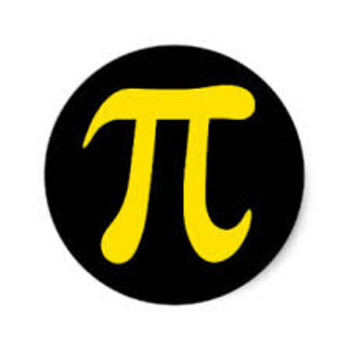Suppose an experiment begins with 5 bacteria, and the bacteria population triples every hour. What would be the population of the bacteria after 6 hours?
3 Answers
Explanation:
Explanation:
We could just write this out as
But this method would not be practical if we had to work it out for 24 hours, or for a week. If we can find a pattern or method, we will be able to work out the population for any time period.
Notice what we have done:
after 1 hour has elapsed, multiply by 3 once.
after 2 hours have elapsed, multiply by 3 twice.
after 3 hour have elapsed, multiply by 3 thrice.
After 4 hours have elapsed, multiply by 3 , 4 times, or
Now we can see that there is a pattern emerging.
Population =
=
If we treat this as a GP, note that we are actually looking for the value of the 7th term, because we started with 5, but the growth in the population is only seen AFTER 1 hour, from the 2nd term.
.
The population of Bacteria after
Explanation:
In the beginning of the experiment, no. of bacteria
As is given, after
After
After
Clearly, after
In general, the Population after
Enjoy Maths.!

